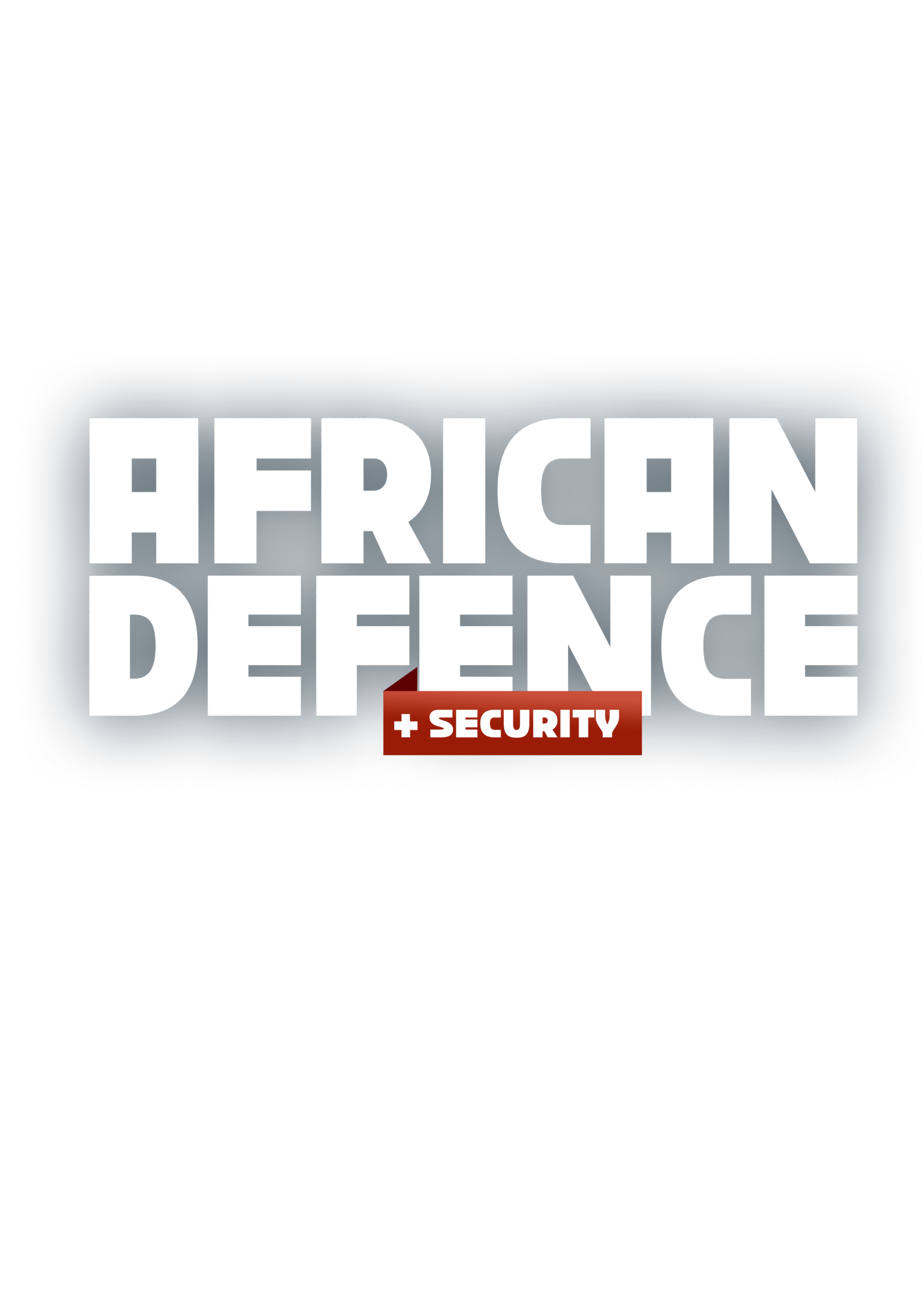NAVAL FORCES EMERGE AS LIFELINES IN GLOBAL HUMANITARIAN RESCUE MISSIONS

Modern navies are increasingly defined not only by their combat power but by their capacity to save lives. From the Mediterranean to the Gulf of Guinea, naval forces have become frontline responders in humanitarian emergencies, often reaching disaster zones long before civilian agencies can mobilize. The Nigerian Navy’s NNS Thunder, which has rescued stranded fishermen during violent storms, exemplifies this expanding role: safeguarding human life is now a strategic priority embedded in naval doctrine.
The strength of naval forces in humanitarian rescue lies in their unique combination of reach, speed, and versatility. Warships, amphibious assault vessels, and offshore patrol boats are effectively self-contained cities at sea, carrying medical facilities, helicopters, and logistics systems designed for rapid intervention. Aircraft carriers can operate as floating hospitals, with flight decks launching search-and-rescue helicopters and space to accommodate hundreds of evacuees. After Cyclone Idai devastated Mozambique in 2019, the French Navy deployed its Mistral-class amphibious ships, delivering 500 tons of relief supplies and providing medical care to more than 1,200 survivors.
Related Article: WOMEN IN DEFENCE –MARITIME WOMEN: BREAKING WAVES IN NAVAL LEADERSHIP
African coastal states have increasingly adapted their maritime forces for similar missions. Ghana’s Navy employs offshore patrol vessels to airlift injured mariners from oil installations, using onboard clinics that rival hospitals ashore. Nigeria’s Deep Blue Project initially built to counter piracy has proven adaptable, rescuing 150 Cameroonian refugees after their boats capsized near the Bakassi Peninsula. The dual-use nature of these assets has become a critical strategic advantage in a region where maritime emergencies frequently intersect with security challenges.
Speed remains one of the most decisive advantages navies offer. Long-endurance submarines and high-speed patrol vessels can maintain a presence in remote waters for extended periods. During the 2023 crisis in Sudan, Egyptian naval ships crossed the Red Sea in under two days, evacuating 2,000 civilians from the conflict zone with helicopter support for rooftop extractions in Port Sudan. These rapid-response capabilities demonstrate why naval forces are often the first and most effective actors in large-scale evacuations.
International law reinforces this humanitarian mandate. The UN Convention on the Law of the Sea obligates all states to assist vessels in distress—an obligation navies are uniquely trained to fulfill. Regular multinational exercises sharpen these skills. Nigeria’s participation in the Obangame Express exercises with ECOWAS partners strengthens readiness for mass-casualty rescues, oil-spill containment, and refugee management. South Africa’s SAS Drakensberg routinely trains for humanitarian assistance and disaster relief (HADR), stocking water purification systems and modular shelters on standby for immediate deployment.
Behind the scenes, logistics is where naval humanitarian efforts truly excel. Many support ships carry desalination plants capable of producing tens of thousands of liters of freshwater each day—an irreplaceable asset when ports and water systems collapse. The Indian Navy’s INS Jalashwa demonstrated this logistical power during the COVID-19 pandemic, repatriating nearly 4,000 Indian nationals from the Maldives while enforcing strict quarantine procedures onboard. In the Niger Delta, Nigerian naval vessels have delivered UNICEF vaccines to remote riverine communities, bypassing impassable roads and areas threatened by banditry.
However, humanitarian missions at sea are not without complications. Rescue operations in contested waters risk entanglement in political disputes, especially around migration. Italy’s navy has faced legal challenges over the transfer of rescued migrants to Libyan authorities accused of human rights abuses. Along the Nigeria-Cameroon maritime border, disagreements over jurisdiction can delay aid to refugees and fishermen in distress. To navigate these tensions, clearer communication protocols and updated rules of engagement are increasingly necessary.
Regional cooperation is becoming a decisive factor in overcoming such challenges. The Yaoundé Architecture, which coordinates maritime security efforts across the Gulf of Guinea, now includes humanitarian sub-committees that match Nigeria’s rapid-response boats with Benin’s medical teams. Along the Indian Ocean coast, Kenya leads regional tsunami-warning drills, integrating satellite data from European partners with local fishing fleets to speed up evacuations. In 2024, this cooperation proved its worth when Togo’s patrol boat relayed a distress call that enabled Ghanaian helicopters to airlift crew members from a burning tanker.
The future of naval humanitarian operations is being shaped by emerging technologies. Drone systems deployed from frigates can extend search operations across hundreds of nautical miles, while artificial intelligence models help predict where distress incidents are likely to occur based on weather and migration trends. Nigeria has begun testing autonomous surface vessels to deliver food and medical supplies to isolated coastal communities reducing risk to sailors while expanding reach.
As climate change intensifies storms, floods, and displacement, the demand for maritime rescue will rise dramatically. Navies, once viewed purely as instruments of warfare, are increasingly the backbone of global humanitarian response. Their decks have become platforms for rescue, relief, and resilience projecting not just power, but compassion across the world’s most vulnerable waters.
King Richard Igimoh, Group Editor ALO
King Richard Igimoh, Group Editor African Leadership Organisation is an award-winning journalist, editor, and publisher with over two decades of expertise in political, defence, and international affairs reporting. As Group Editor of the African Leadership Organisation—publishers of African Leadership Magazine, African Defence & Security Magazine, and Africa Projects Magazine—he delivers incisive coverage that amplifies Africa’s voice in global security, policy, and leadership discourse. He provides frontline editorial coverage of high-profile international events, including the ALM Persons of the Year, the African Summit, and the African Business and Leadership Awards (ABLA) in London, as well as the International Forum for African and Caribbean Leadership (IFAL) in New York City during the United Nations General Assembly.
Recent Posts
Categories
- Air & Aerospace15
- Border Security14
- Civil Security3
- Civil Wars4
- Crisis4
- Cyber Security4
- Defense15
- Diplomacy17
- Entrepreneurship1
- Events5
- Global Security Watch6
- Industry6
- Land & Army7
- Leadership & Training3
- Military Aviation2
- Military History27
- Military Speeches1
- Naval & Maritime8
- Resources1
- Security12
- Special Forces1
- Systems And Technology8
- Tech6
- Uncategorized3
- UNSC1
- Veterans6
- Women in Defence9
Related Articles
THE STRATEGIC IMPORTANCE OF DJIBOUTI’S PORTS
Djibouti, a small nation located on the Horn of Africa, commands an...
ByKing Richard Igimoh, Group Editor ALOOctober 21, 2025SUBMARINE PROGRAMMES IN AFRICA: PRESTIGE OR NECESSITY?
Africa’s naval power has long rested on surface vessels, yet the rise...
ByKing Richard Igimoh, Group Editor ALOSeptember 23, 2025AFRICA’S GROWING NAVAL AMBITIONS: WHO LEADS THE PACK?
Africa’s coastlines support millions of families on the continent. From a thriving...
ByKing Richard Igimoh, Group Editor ALOSeptember 15, 2025PIRACY IN THE GULF OF GUINEA: PROGRESS OR SETBACK?
Piracy in the Gulf of Guinea, spanning from Senegal to Angola, emerged...
ByKing Richard Igimoh, Group Editor ALOSeptember 5, 2025














Leave a comment